Class is in session at WTFinance
We are breaking down RRSP’s, TFSA’s and FHSA’s with you.
Keep on the look-out for these links to more in-depth articles.


TFSA, FFSP, FHSA
These are all government-registered accounts with the federal government that help with savings and financial goals.

Tax benefits
These accounts provide tax benefits that help you reach your financial goals be it retirement, a first home, or an emergency fund.

Tax sheltered gardens
To get a better understanding, we want you to think of these registered accounts as tax sheltered gardens.

Grow your garden
You can plant your cash savings or investments (GIC’s, bonds, mutual funds, ETF’s and stocks) inside your garden to grow.


Protect your garden
Because these accounts are registered with the government, the government acts as your ‘scarecrow’ protecting your planted cash or investments from taxes. So that you can grow your money without it being eaten away annually.

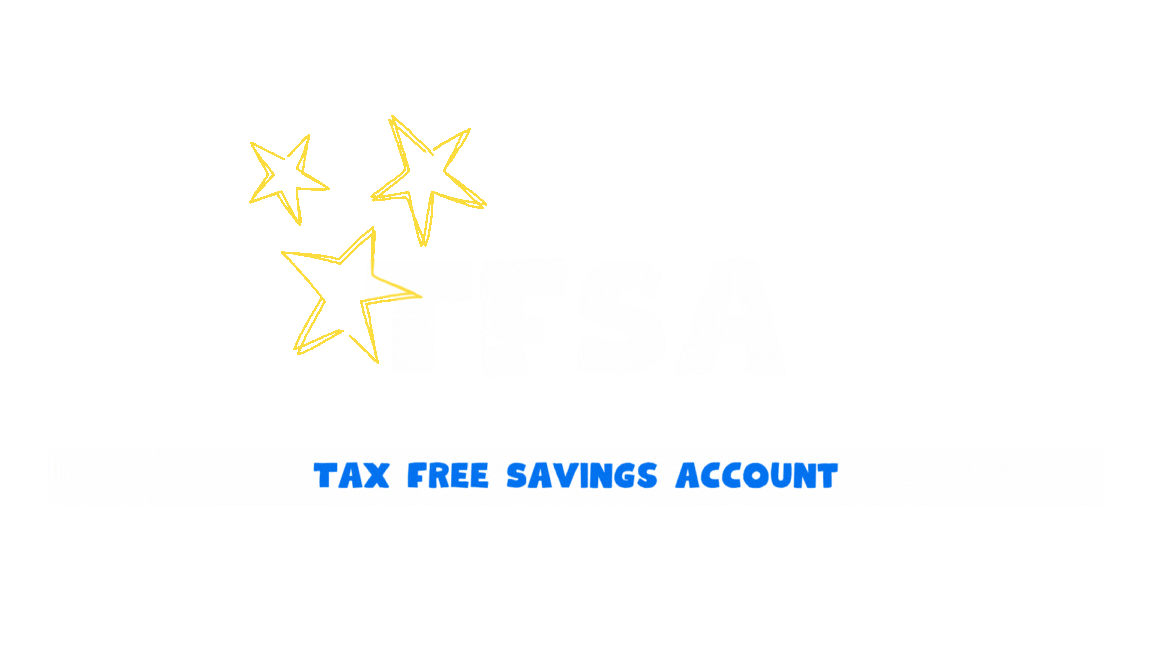
TFSA
Let’s dive into your TFSA or Tax Free Savings Account. We like to think the TFSA is, THAT GIRL 💅 , because it is your most flexible savings tool.

Savings goal?
This account can be used for any savings goal size so whether you are saving for a new phone or would like to pay off your student loans when you are done with school, the TFSA will be able to support that goal.

Who can open it?
Any Canadian over the age of 18 with a valid social insurance number can open and use a TFSA. To open a TFSA you must go through an “issuer”, which can be done through your Canadian bank or a self directed brokerage.

Contribution room
Your contribution room is determined using a very simple formula: Your Available Room = New Annual Limit+ Unused Room (from previous years) + Withdrawals (made last year)
Your available room is the maximum amount of money you can deposit into your account, carrying over every year you are 18+ and a Canadian resident, even if you don't use it. Every January 1st, your room increases by the new annual limit determined by the federal government plus any unused room and the amount of any withdrawals you made the previous year. If you deposit more than this limit, the Canadian Revenue Agency will impose a monthly penalty tax on the over-contributed amount, so it is important to track your deposits!

Tax benefit
Although all deposits into your TFSA are made with after-tax money and will remain a part of your taxable income for that year the primary tax benefit is that all investment earnings—like interest, dividends, and capital gains—grow completely tax-free while they are inside the account. You are never taxed on the growth or income generated by your investments, unlike in a regular investment account.


Withdrawals tax-free
Crucially, when you withdraw the money at any time for any reason, the entire amount, including the original contributions and all the growth, is also tax-free and will not be a part of your taxable income again.

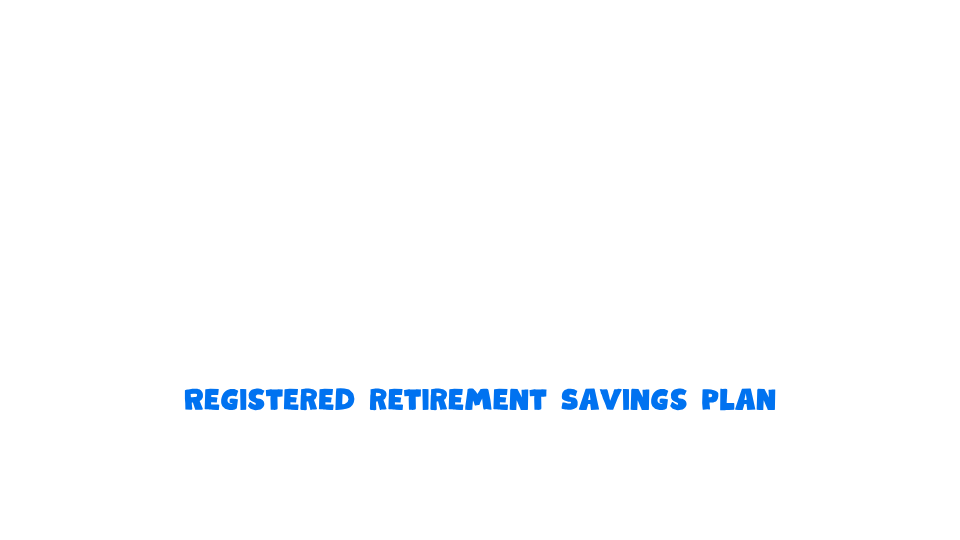
RRSP
Your RRSP or Registered Retirement Savings Plan is up next!

Best for:
Those who are middle or high income earners and that is because of the taxable benefits that come with this registered account.

Tax benefit
The RRSP is essentially a tax swap! The money you put in now is tax-deductible, meaning it lowers your taxable income today while your income and rate are high and can get you a tax refund. Your investments grow tax-deferred until you take them out, allowing your money to grow with ✨compounded interest✨

The catch
Every dollar you withdraw in the future when you are ready to retire, including all the growth, will be fully taxed as income at your tax rate then (when your income and tax rate is low).
The RRSP is best for when you expect to be in a lower tax bracket when you retire than you are right now.

Withdrawals
Taking money out before retirement is generally a bad idea because the full amount you withdraw is immediately added to your taxable income that year and taxed heavily. The government will automatically withhold 10-30% of the money for immediate tax, and you permanently lose that contribution room so you can never put that money back. The only tax-free exceptions are using the money for buying your first home or funding education, but those amounts must be repaid like an interest free loan from your own RRSP.

FHSA
Finally the newest registered account, The FHSA or First Home Savings Account.


Who is it for?
This account is best for Canadians between 18 and 71 who would like to buy their first home.

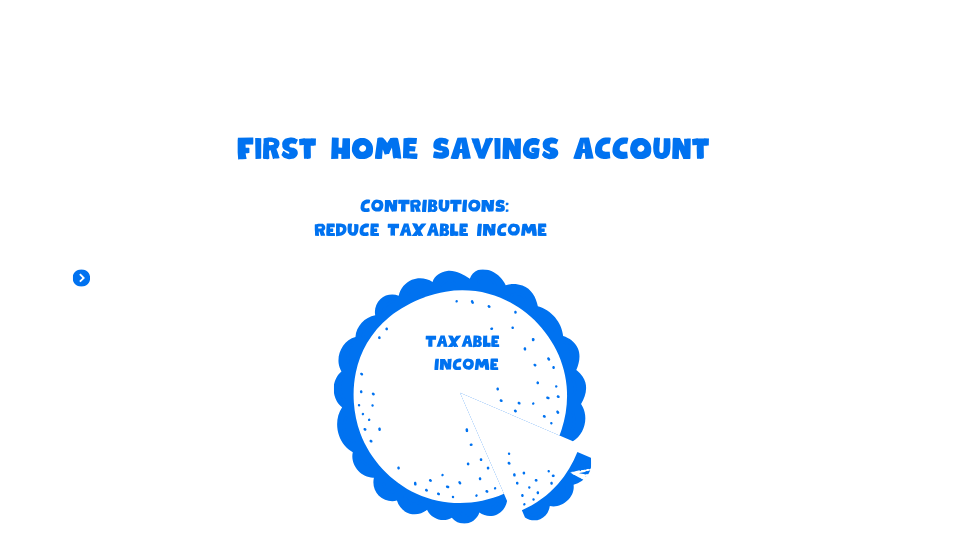
Contributions
Your annual contributions are $8000 a year of taxed income and contribution room carries over every year if you don’t contribute the full amount. The lifetime contribution limit is $40,000 which is the absolute most you can ever put into this account. Your contributions, like an RRSP, will reduce your taxable income and possibly increase your tax refund.

Withdrawals
Your FHSA withdrawals for your first home allow you to “double-dip” your tax benefits. Like a TFSA, your growth and withdrawals are 100% tax free as long as it is used for that first home.


Phew!
Okay, still with us and wanting to learn more? Check out our Good Advice center for even more of those Financial 101’s.